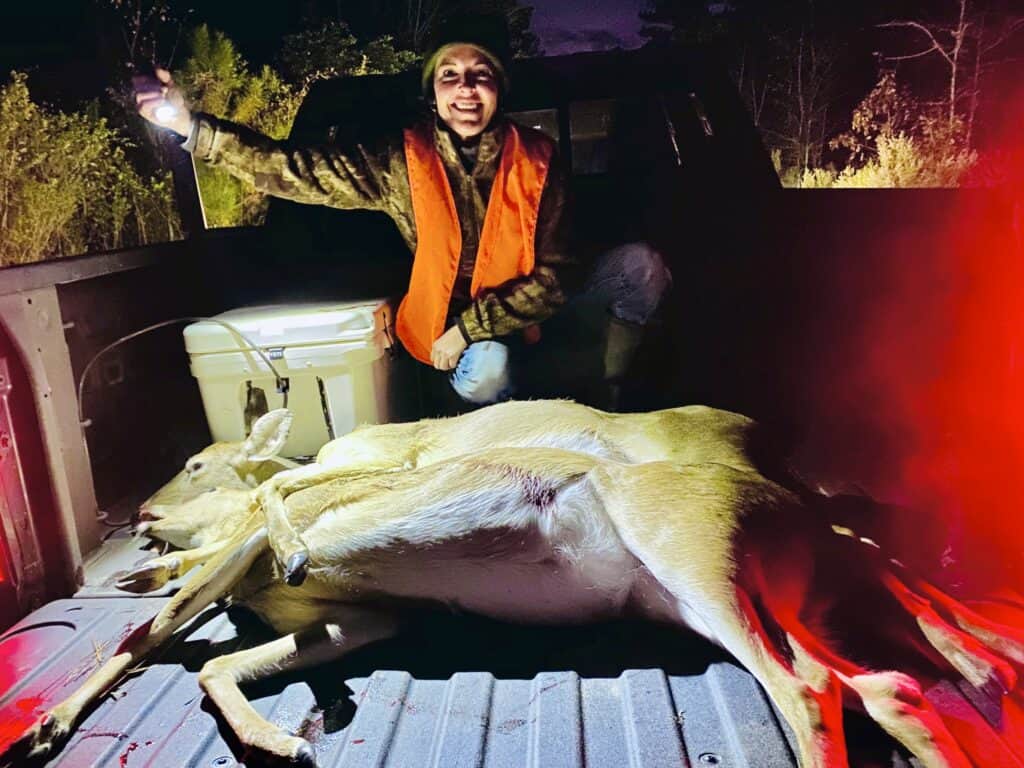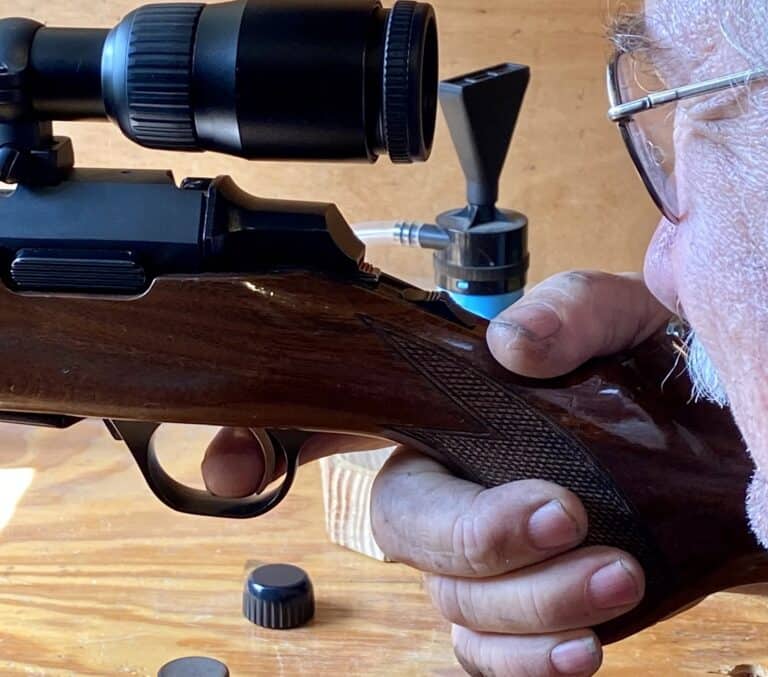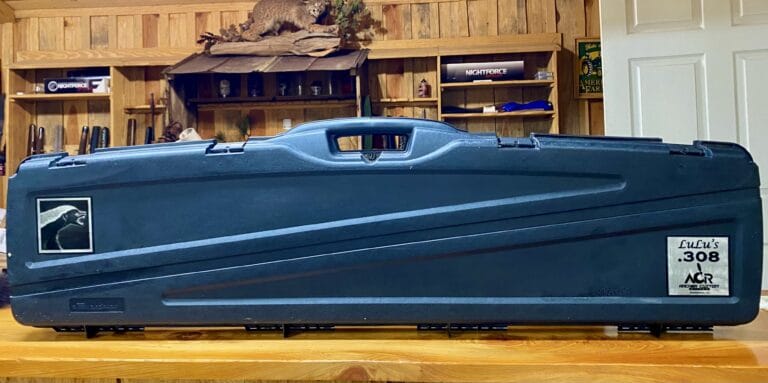Shooting Tips for Hunting
OFF-SEASON – Identify your weaknesses from the previous year. For instance, if it’s flinching, set up a makeshift “bench” with a rest similar to what you have in your stand. Try to mimic your hunting stand conditions. Take a .22, aim at a tiny bug or a spot on a leaf and shoot until you can take a picture in your mind of that tiny bug in your crosshairs as you SQUEEZE the trigger. SQUEEEEEEEZE.
PRE-SEASON – Make sure your rifle is zeroed in. A lot can happen to a rifle during the season, and even though you may think your barrel or scope hasn’t been knocked around and is in the same condition it was at the end of the prior season, why not eliminate that variable? If you aren’t sure about zeroing in your rifle, be humble and ask a professional to do it for you.

DURING THE SEASON –
1. Remove your bullets between every single hunt. This is one of the most overlooked habits but it is extremely important. If you leave bullets in your gun, even if it’s for a 24-hour period, the brass of the casing of your bullet reacts to the moisture and causes pitting in the chamber. This is also important for safety purposes.
2. Know the ballistics of your bullet. If you are hunting over a corn pile or are hunting a very consistent deer crossing, you’ll already know how far your stand is from where you are likely to shoot the deer. Know what your bullet does at that distance so you can compensate for the drop or rise. If you’re hunting deep woods and you see deer from a bunch of different angles and distances from your stand, being able to judge and estimate range by sight is super important. (This is something you can practice during the off-season, too.)
3. Dry fire. If you’re hunting over a feeder or a corn pile and you’re in your stand early enough, aim where the deer usually feed and dry fire your rifle once or twice. Now this only works if you can do this quietly and without much movement, but dry firing at a tiny spot on a leaf will do a lot for your confidence especially if a big boy steps out later on during your hunt.

4. Shot placement. Now this is where there are a million different theories and just as many opinions. My preferred shot placement is high shoulder. This gives me the largest margin for error and the highest probability of dropping the deer in its tracks. Like I said, this is just my preferred shot placement. As long as it’s an ethically placed shot and you’re confident, go ahead and make the shot. But this brings me to #5.
5. Don’t make a shot unless you have a steady aim and you’re pretty dang sure you’re going to kill the deer. Everybody misses sometimes…everybody. That’s just the way it goes. BUT if I miss or make a bad shot it’s not going to be because I was careless or overconfident. If I see a monster, unless my rest and my aim is SUPER steady and I know what my bullet is going to do, I’m going to pass every time.
6. Be still, be quiet and be as scentless as possible. Those three things beat any camouflage you can buy.
Because every shot counts,
Larry

